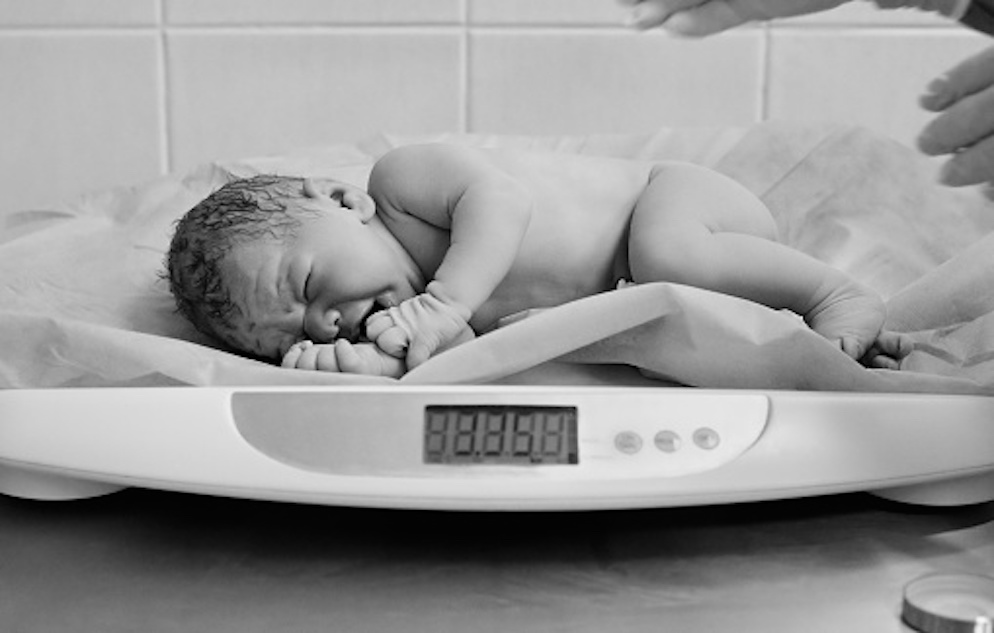A study published in SSM – Population Health sheds light on significant variations in birthweights among Hispanic subgroups in New York City, challenging the common practice of treating the Hispanic population as a homogenous group. The research, conducted by Distinguished Professor Luisa N. Borrell, doctoral program alumna Christina Nieves, and Clare Evans of the University of Oregon, utilizes an intersectional approach to analyze birth records from 2012 to 2019, revealing inequities based on maternal age, race/ethnicity, education, and nativity status.
The study, employing an intersectional multilevel analysis of individual heterogeneity and discriminatory accuracy (MAIHDA), examined over 800,000 singleton births in NYC. Researchers found that a notable percentage (2.7% – 3.2%) of the variation in birthweight could be attributed to differences between intersectional strata, highlighting meaningful inequities. The difference between the strata with the highest and lowest predicted birthweight means was a significant 384.7g.
While consistent additive inequity patterns were observed across maternal age, race/ethnicity, education, and nativity status (with the latter explaining a substantial 81.2% of the variation), the most striking findings emerged when the Hispanic category was disaggregated. The study revealed that birthweight outcomes varied significantly among Hispanic subgroups based on their country or region of origin.
For example, infants of women from Puerto Rico had the lowest birthweight means whereas those from Mexican American women had similar birthweight means to infants of white women. Moreover, Cuban and Dominican had infants with lower birthweight means than white women.
“These findings underscore the critical importance of moving beyond broad racial/ethnic categories in health inequities research,” says Borrell. “Treating the Hispanic population as a monolith obscures significant within-group differences and can perpetuate the ‘Hispanic Paradox,’ which inaccurately suggests better health outcomes than expected despite low socioeconomic indicators for the Hispanic population.”
The intersectional MAIHDA approach allowed researchers to identify variations that might have been missed using conventional analytical methods, especially given smaller sample sizes within specific Hispanic subgroups. The study highlights the need for more nuanced data collection and analysis to address health inequities effectively.
Researchers hope that these findings will inform public health interventions and policies tailored to the specific needs of diverse Hispanic communities in New York City and beyond. Further research is needed including other social identities and positions representing systems of oppression/privilege in our society that may contribute to these birthweight inequities.
This work was supported by the Community of Madrid and the U.K. Economic and Social Research Council.




